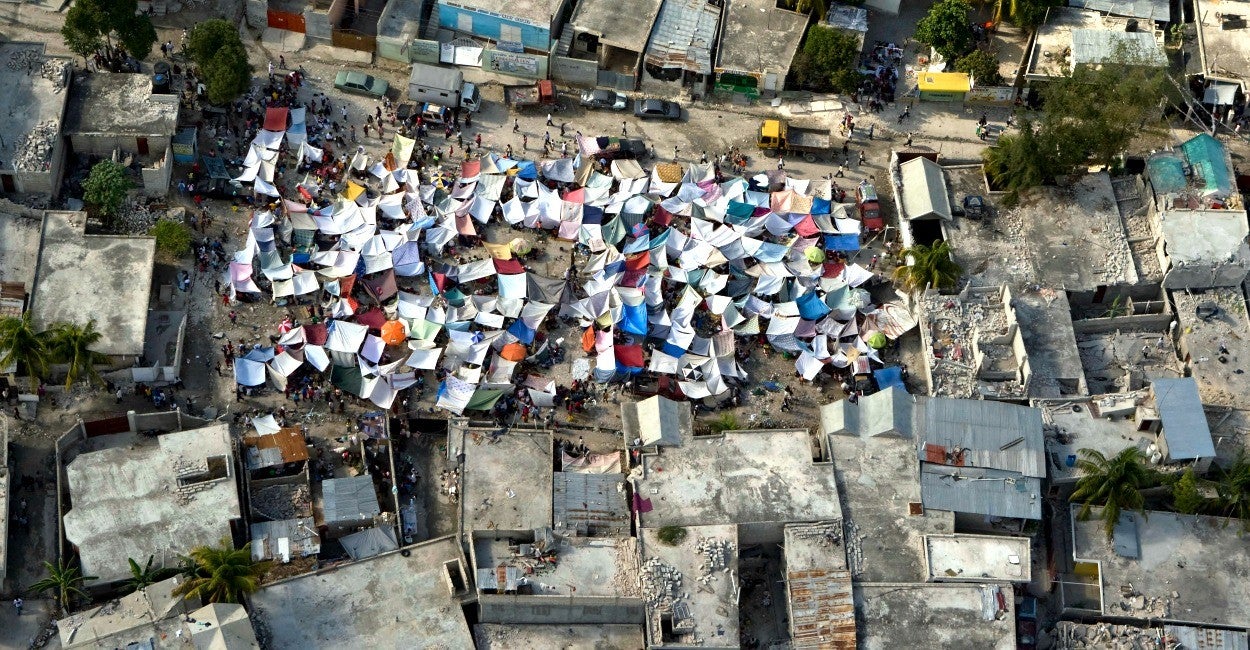In Haiti, the poorest nation in the Western Hemisphere, the wheels of economic progress grind forward slowly. In the case of a newly-rehabilitated flour mill in Port-au-Prince, however, those grinding gears can actually be seen and heard.
For a nation struggling with hungry citizens the reopening of the Moulins d’Haiti (LMH) flour mill isn’t small potatoes. The mill was destroyed in the 2010 earthquake, and rebuilt at a cost exceeding $75 million by a consortium that includes U.S. companies, Seaboard Corp., and Continental Grain Co.
Now, in the years since the reopening of the mill, the price of flour has stabilized and supply has increased, meaning more, cheaper flour available to Haitians.
The Daily Signal depends on the support of readers like you. Donate now
Meanwhile, Haiti struggles with the insidious and negative effects of what could fairly be labelled as “over-aid” from its developed friends, especially the United States. Since 2010, hundreds of millions of dollars and dozens of metric tons of food have poured into Haiti from the U.S. in an effort stave off life-threatening hunger in the disaster-weary nation.
However, as early as 2010 the Haitian government called for an end to current food aid. Despite the unpopularity of this in Haiti, this appeal has been echoed by outside organizations. Haitian farmers growing staple foods already face disadvantages in cost versus imports of subsidized rice from the U.S., and the massive quantities of food distributed by aid organizations have not made it any easier for Haiti to learn to support itself again.
So what are the bright spots in a situation that seems rife with complications?
First, the new LMH mill, which is nearly 25 percent more efficient than its predecessor. Despite difficult and possibly unfair competition from the Dominican Republic, the LMH mill is a true step towards solving the Haitian hunger problem.
A second bright spot can be found in an unassuming little Haitian fruit—the Francique mango—which is a Haitian delicacy as suitable for export as it is for helping to bridge the gap between the caloric deficits that many Haitians face daily.
Non-profits, in a refreshing move away from the “over-aid” model, are working with farmers to increase domestic production and to expand overseas markets for the product. Some farmers have tripled production and last year it was found that, for the first time, Whole Foods was able to import over 50 percent more mangoes to U.S. supermarkets than it had originally planned.
Lastly, a shift can be observed in the aid model through which Haiti has been simultaneously supported but also stifled during the previous years.
Institutions such as the World Bank and the Inter-American Development Bank have instituted projects to develop the infrastructure and the capacity for Haitians to achieve sustainable long term, private-sector-led economic growth through the production of value-added and marketable products.
Nobel laureate, Harvard economist, and philosopher Amartya Sen once wrote: “the challenge is to respond to the plight of the hopelessly impoverished without neglecting to insist that help come in useful and productive forms.”
For our Haitian friends, that help must be multi-dimensional and not create the dependency that accompanies traditional foreign aid models.
To paraphrase the old Chinese axiom, Haitians must learn how to fish and not just be given cans of tuna.
The deeper truth is that most Haitians do know how to fish (in fact, many who escape that country’s deeply corrupt business environment become successful entrepreneurs). But back at home they need access to a boat – which for Haitians means securing greater property rights and rule of law at home while gaining greater access to world markets.






























